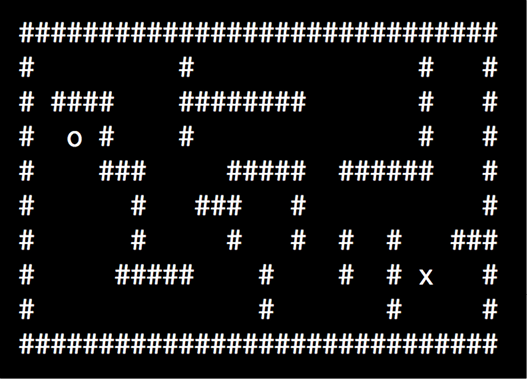Heuristic Search Techniques
In this chapter, we are going to learn about heuristic search techniques. Heuristic search techniques are used to search through the solution space to come up with answers. The search is conducted using heuristics that guide the search algorithm. This heuristic allows the algorithm to speed up the process, which would otherwise take a long time to arrive at the solution.
By the end of this chapter, you will know about the following:
- What is heuristic search?
- Uninformed vs. informed search
- Constraint satisfaction problems
- Local search techniques
- Simulated annealing
- Constructing a string using greedy search
- Solving a problem with constraints
- Solving the region coloring problem
- Building an 8-puzzle solver
- Building a maze solver





